Laminitis is a debilitating disease that affects the tissue that connects hoof to bone. In the most severe cases, euthanasia is the only humane treatment. What can you do to prevent laminitis in horses, and what treatments are available if your horse does develop laminitis? Here are the 3 types of laminitis with prevention and treatment options for each.
#1 - Supporting-Limb Laminitis
Horses usually shift their weight from foot to foot so that no limb bears weight all the time. When one leg is injured and can’t bear weight, the opposite leg is forced to support more weight than usual. This is one cause of laminitis.
Scientists are working to develop mechanical interventions to help support the horse’s weight and prevent disturbances to blood flow that may occur when a horse’s ability to shift its weight is impaired. Until these interventions are perfected, the best way to prevent supporting-limb laminitis is to provide a stall large enough for the horse to lie down with very thick, non-edible bedding.
#2 - A Result of Systemic Disease
Laminitis can be a side effect of systemic diseases such as colitis or sepsis. Major progress is being made in the treatment of this form of laminitis by using cryotherapy (foot cooling). Cryotherapy can stop and even partially reverse damage caused by laminitis.
#3 - Insulin Resistance
The most common form of laminitis is formed by the overproduction of insulin. It’s similar to Type 2 diabetes in people. Whereas people stop producing insulin, horses make too much and the insulin causes changes in the horse’s feet.
Since insulin resistance may be tied to Pituitary Pars Intermedia Dysfunction (PPID), which is the equine version of Cushing’s disease, regular testing for PPID may help prevent laminitis by treating insulin resistance before it starts to cause problems with the horse’s feet. Many symptoms of PPID resemble normal aging, so it’s important to have yearly vet checks.
Scientists are investigating the underlying molecular events that contribute to this form of laminitis. They’re hoping to find drugs to block the insulin-triggered pathways that can lead to foot problems. Cryotherapy is also being tested to see if it works as well for this form on laminitis as in horses with systemic illnesses.
With any form of laminitis in horses, acetaminophen is showing promise as a pain reliever with fewer side effects than non-steroidal anti-inflammatory drugs (NSAIDs). More research needs to be done to verify its safety, so talk to your vet before trying it yourself.
Horse Courses by Elaine Heney
- Listening to the Horse - The Documentary by Elaine Heney & Grey Pony Films
- Shoulder In & Out Training for better balance, bend & topline development with your horse
- Over 110+ Polework Exercises & Challenges to Download
- Dancing at Liberty & Creating Connection with Your Horse (11 lessons) - Grey Pony Films
(H/T: Penn Current, Pet Gazette, The Horse)

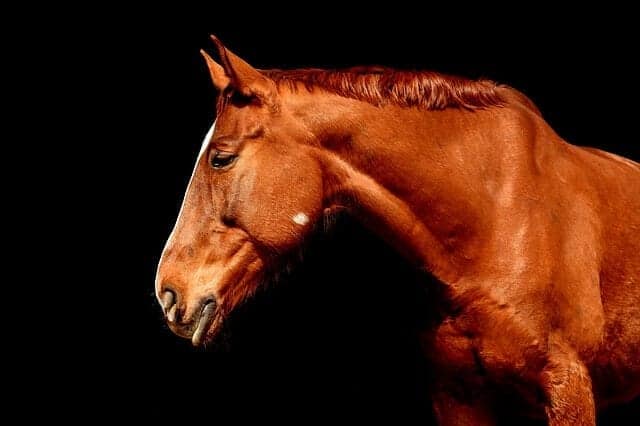
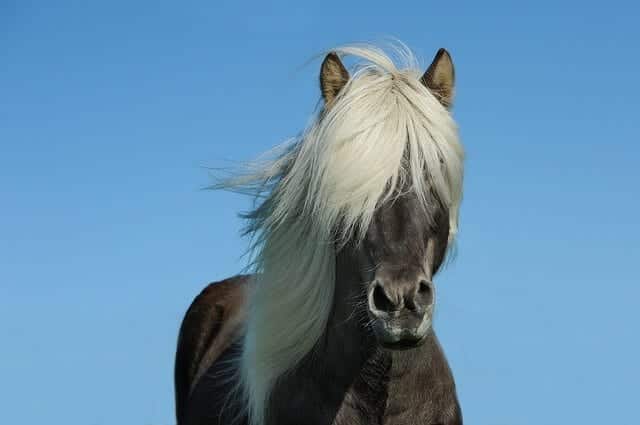
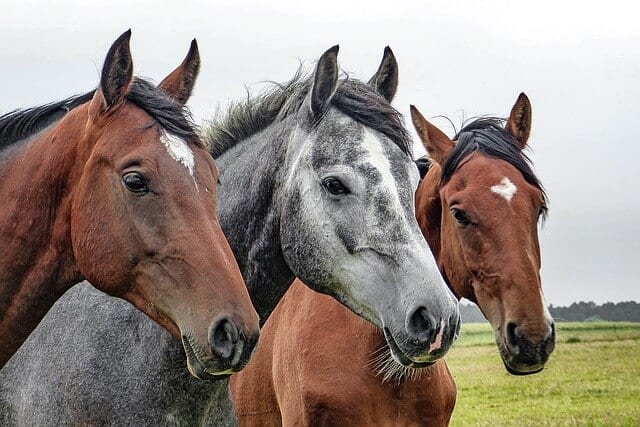
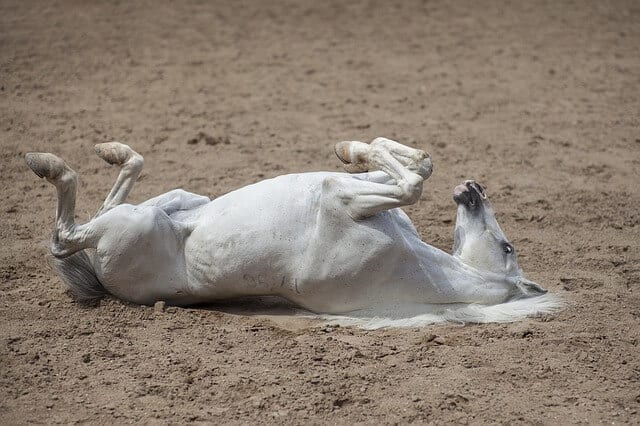
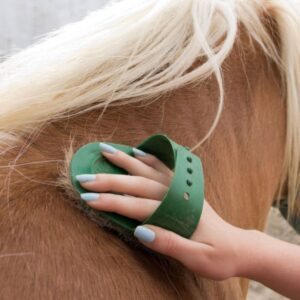
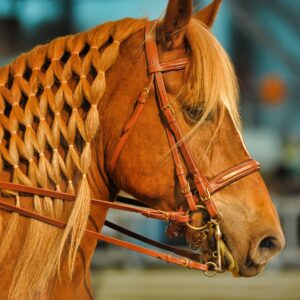

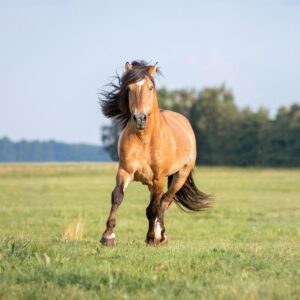
Leave a Reply